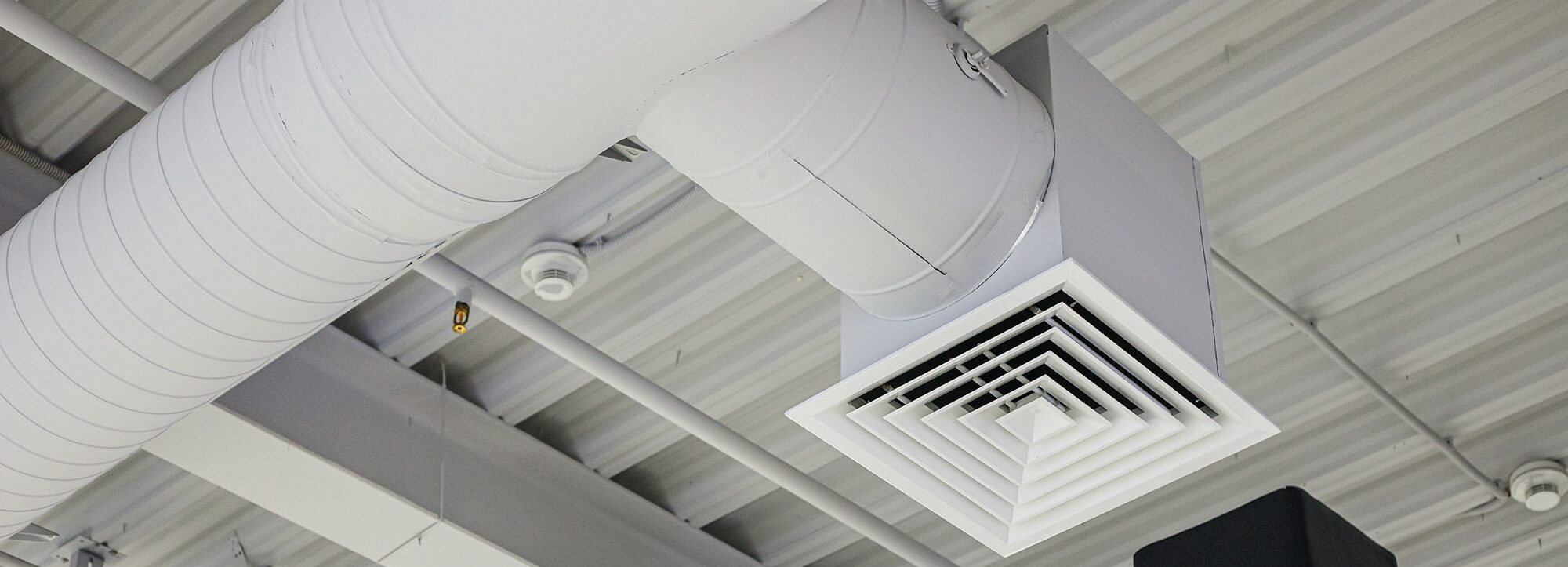Indoor Allergy Reduction: 4 Proven Solutions to Prevent Flare-Ups

Indoor allergies can flare up at any time—dust mites, pet dander, pollen, and mold often hide deep inside your home’s ventilation system. If you’re looking for reliable indoor allergy reduction solutions for your Bergen County home, J R Air Duct Cleaning is here to help you breathe easier with proven, effective strategies.
Below are five powerful ways to reduce allergens inside your home and enjoy cleaner indoor air all year long.
1. Invest in Regular Air Duct Cleaning for Indoor Allergy Reduction
Your HVAC system circulates conditioned air throughout your home—but it also circulates dust, pet hair, pollen, mold spores, and bacteria trapped inside the ductwork. When ducts aren’t cleaned regularly, these contaminants spread from room to room, worsening allergy flare-ups.
At J R Air Duct Cleaning, our professional
removes built-up allergens and improves airflow, making this one of the most effective forms of indoor allergy reduction available.
Regular duct cleaning helps reduce:
Persistent allergy symptoms
Pet dander buildup
Mold and dust circulation
Asthma triggers
2. Commit to Consistent Vacuuming and Dusting
Routine cleaning is essential for reducing airborne allergens. Use a vacuum equipped with a HEPA filter, which captures smaller particles that traditional vacuums miss.
Tips for best results:
Vacuum carpets, rugs, and floors at least once a week
Use microfiber cloths to trap dust instead of spreading it
Dust ceiling fan blades, vents, and high shelves—common allergen hotspots
This simple habit significantly supports your overall indoor allergy reduction efforts.
3. Maintain Ideal Humidity and Temperature Indoors
Dust mites and mold thrive in warm, humid conditions. Keeping your indoor humidity below 50% can drastically reduce these allergens.
For better air regulation:
Set your thermostat between 68°F and 72°F
Use a dehumidifier in basements, bathrooms, or damp rooms
Ensure proper ventilation when cooking or showering
Humidity control is one of the most overlooked—but most effective—forms of indoor allergy reduction.
4. Improve Bedding and Sleep Environments
Allergens collect in bedding quickly, especially dust mites. For cleaner nighttime air:
Use dust-mite-proof pillow and mattress covers
Wash bedding weekly in hot water (at least 130°F)
Choose synthetic-filled comforters
Remove excess pillows
Replace heavily upholstered headboards with easier-to-clean materials
Cleaner bedding = better sleep + fewer morning allergy symptoms.
5. Change HVAC Air Filters Regularly
A clogged air filter allows allergens to circulate freely throughout your home. Replacing filters every 30–60 days is a simple way to improve:
Airflow
Indoor air quality
HVAC efficiency
Long-term allergy control
Consider upgrading to MERV 11–13 filters for enhanced allergen capture.
Bonus Tip: Combine Services for Maximum Indoor Allergy Reduction
Pairing duct cleaning with services like:
👉 Dryer vent cleaning
👉 Mini split AC cleaning
…removes bacteria, debris, and contaminants deeper inside your system for stronger long-term allergy protection.
Indoor Allergy Reduction Starts with Cleaner Air
Cleaner indoor air doesn’t have to be difficult—just consistent. At J R Air Duct Cleaning, we proudly serve Bergen County, Essex County, and Passaic County with certified, reliable indoor air quality services.
For trusted help reducing allergens in your home, call us at (201) 335-2524 or request an appointment online.
👉 Schedule your professional indoor allergy reduction service today!
